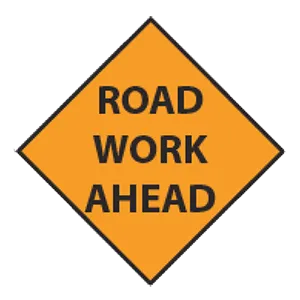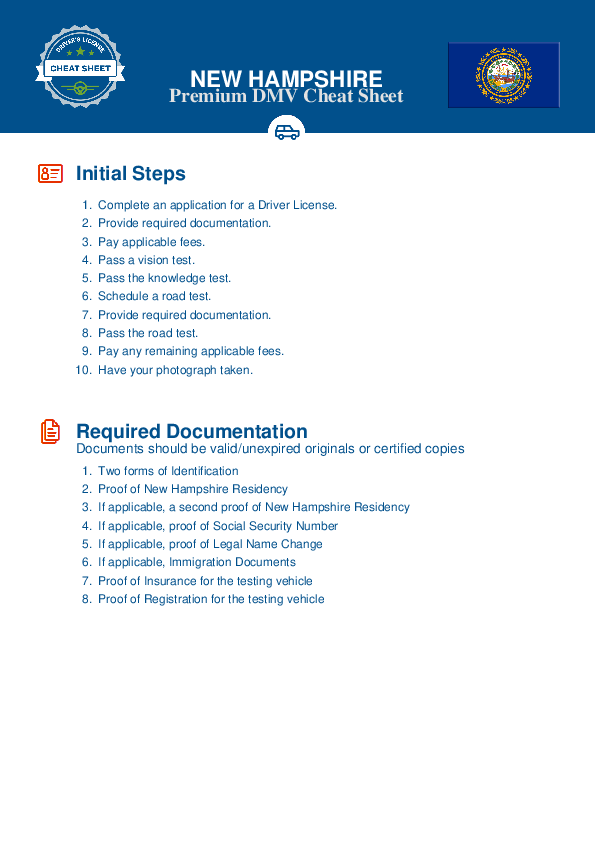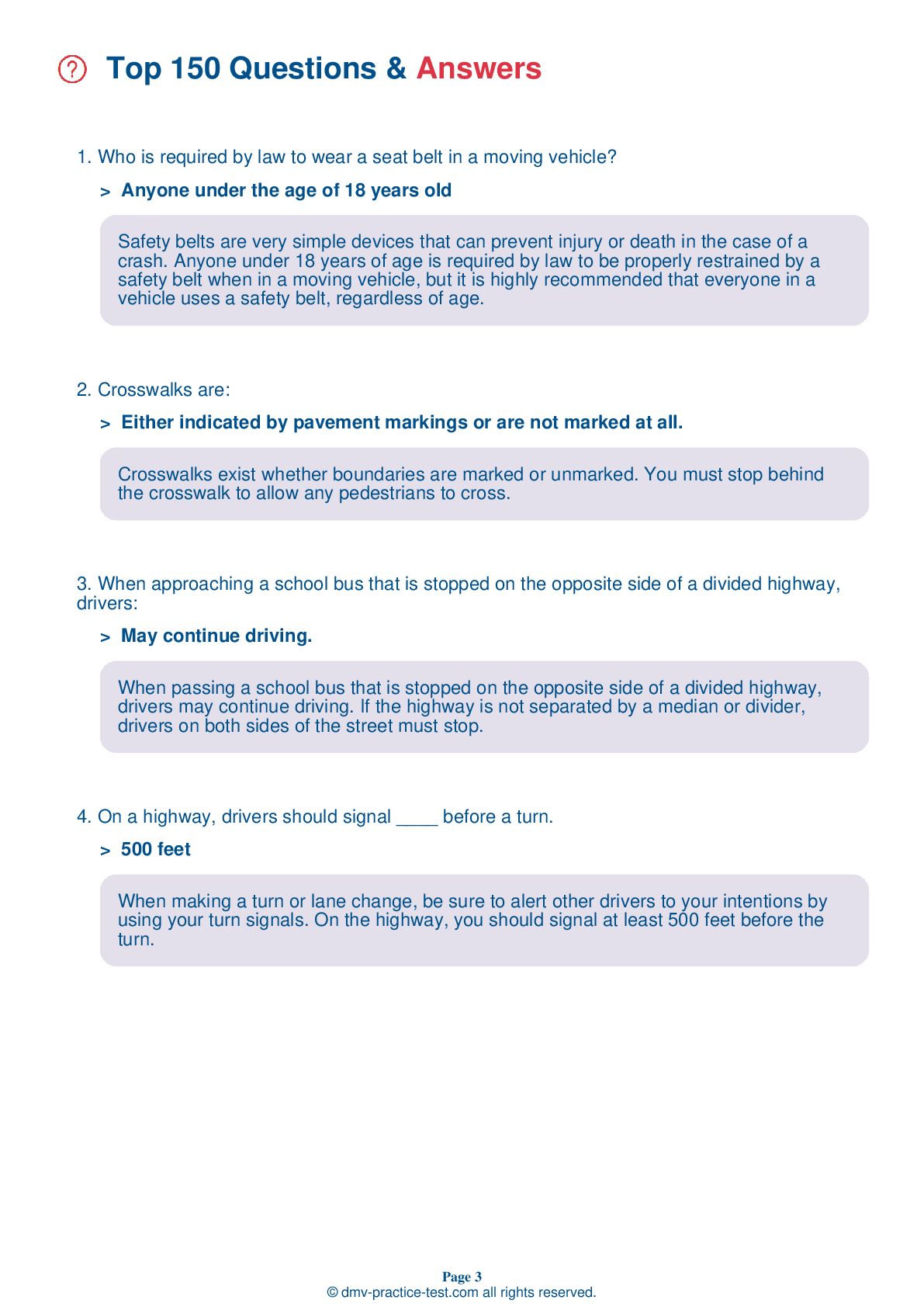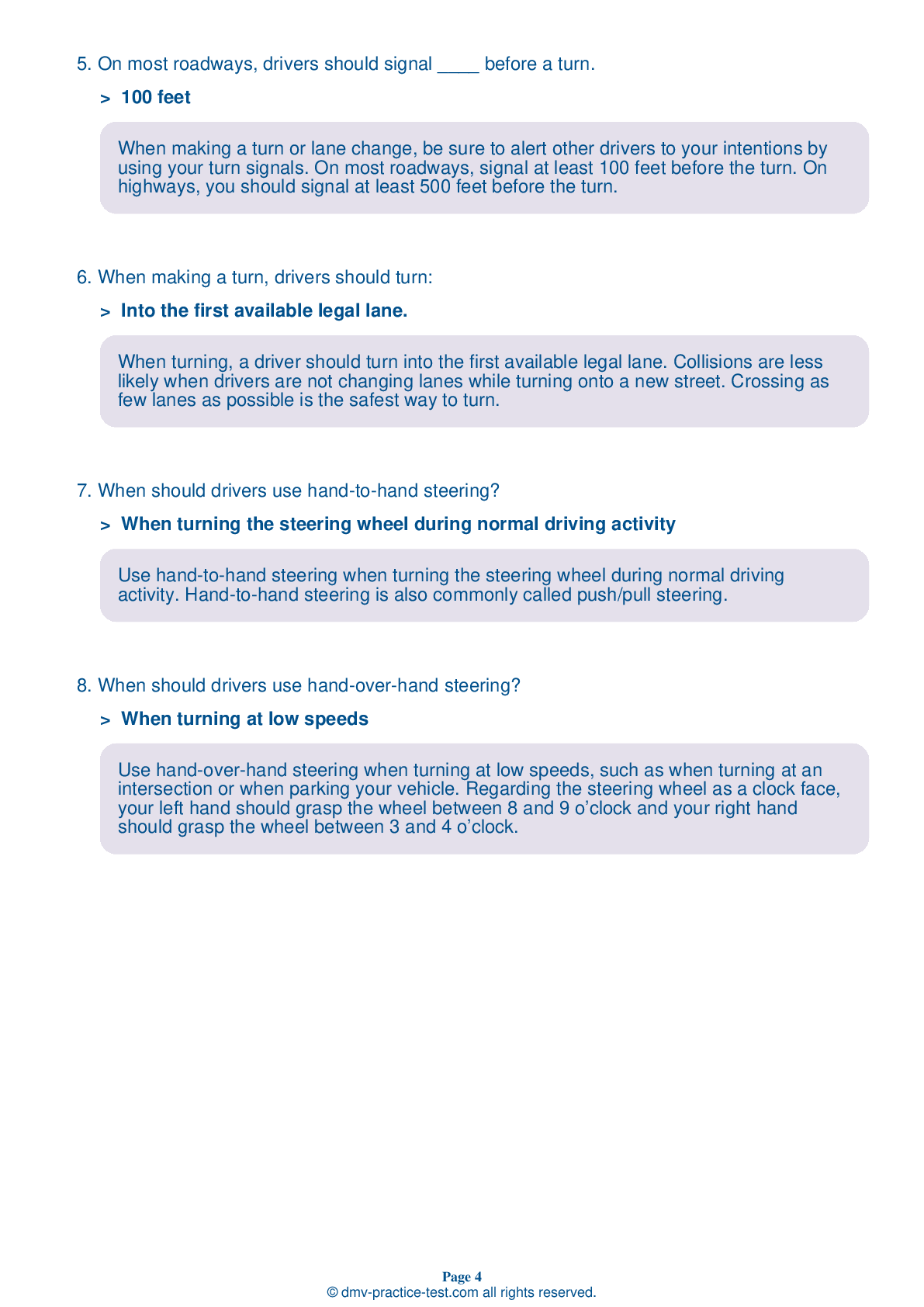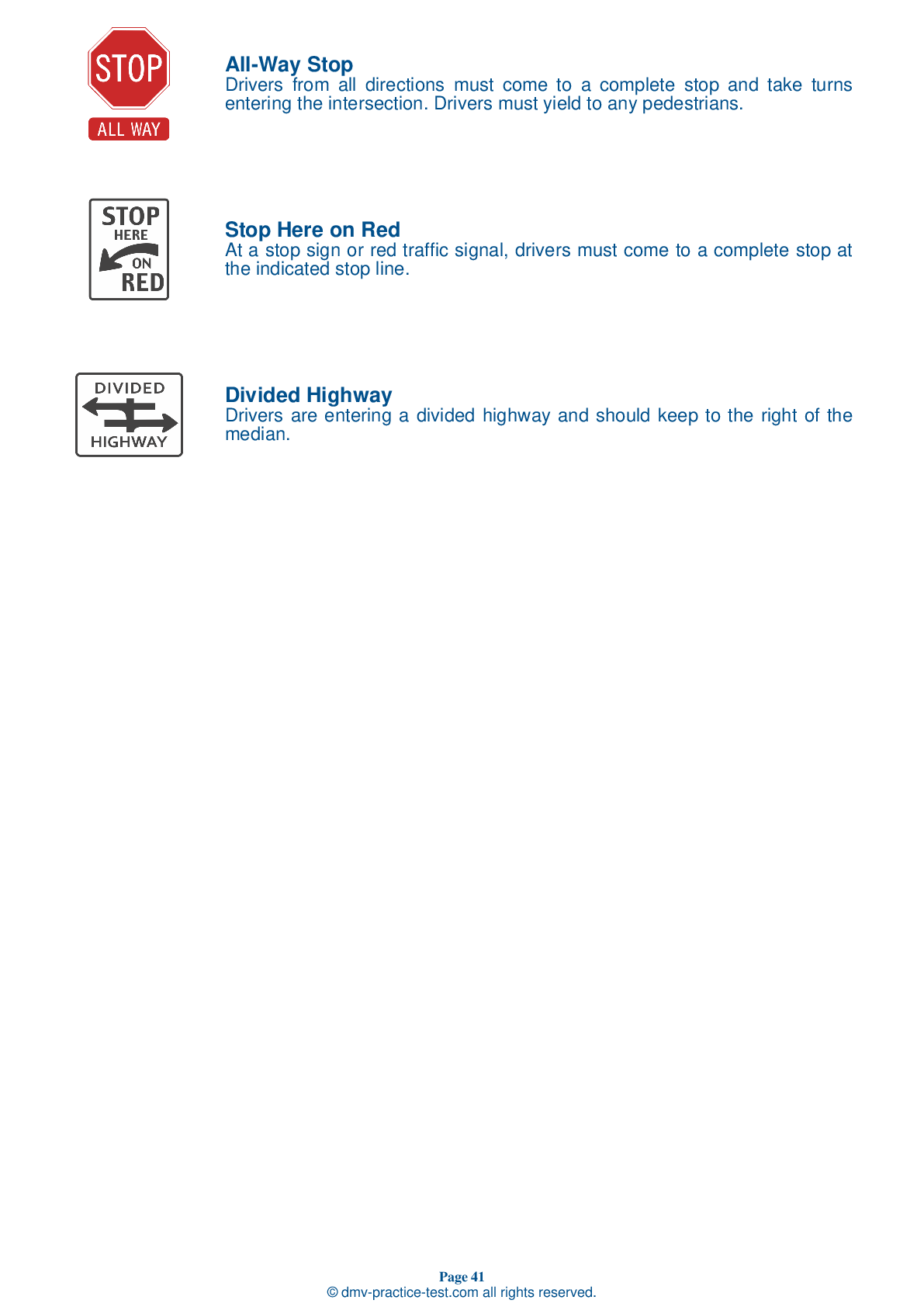FREE New Hampshire DMV Practice Test #4 Page 3 of 5
The DMV practise exams in New Hampshire have been updated for January 2025. It includes questions based on the most important traffic signals and legislation in the New Hampshire Driver Handbook for 2025. To study for the DMV driving permit test and driver's licence exam, use actual questions that are very similar (often identical!) to the DMV driving permit test and driver's licence exam.
Each question on the practise exam has a tip and explanation to help you recall the ideas. Questions about traffic rules, traffic signs, and driving statutes, as well as knowledge from the Driver Handbook, will be included in the written portion of the official New Hampshire DMV test.
You must properly answer 32 of the 40 questions to receive a passing mark. Take this New Hampshire DMV practise exam to help you prepare for your instruction permit or driver's licence.
The DMV exam is offered in a variety of languages.
Using any form of testing help will result in an automatic fail, and the DMV may take further action against your driver's licence, so avoid it.
17 . This sign shows one type of:
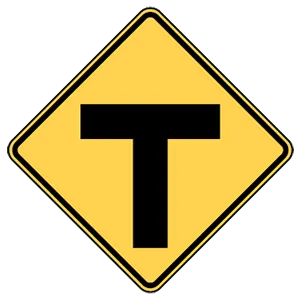
This sign indicates that a T intersection is ahead.
18 . An approaching driver fails to dim their high beam headlights. Where should you look?
If an approaching driver fails to dim their high beams, glance toward the right side of the road. This will keep you from being blinded by the other vehicle’s headlights and will allow you to see enough of the road to stay on course until the other vehicle has passed.
19 . Traffic signals sometimes display arrows to control turns from specific lanes. A solid yellow arrow:
A solid yellow arrow has the same meaning as a yellow traffic light. When approaching a solid yellow arrow, you must reduce your speed and prepare for a red light.
20 . You must yield to other drivers:
You must yield to other drivers when entering a street from an alley, driveway, or garage. You must also yield to pedestrians who are on an intersecting sidewalk.
21 . If you are involved in a serious motor vehicle crash:
If you are involved in a crash, move your vehicle off of the road and stop, if possible. If anyone is injured, call 911 and provide appropriate help. You must report the crash to law enforcement if there is an injury, a death, and/or more than $1,000 in property damage (or more than $200 worth of damage made to non-vehicle government property, such as signs or guardrails).
22 . This sign means:
